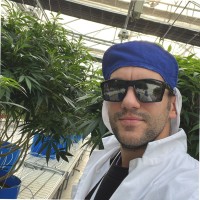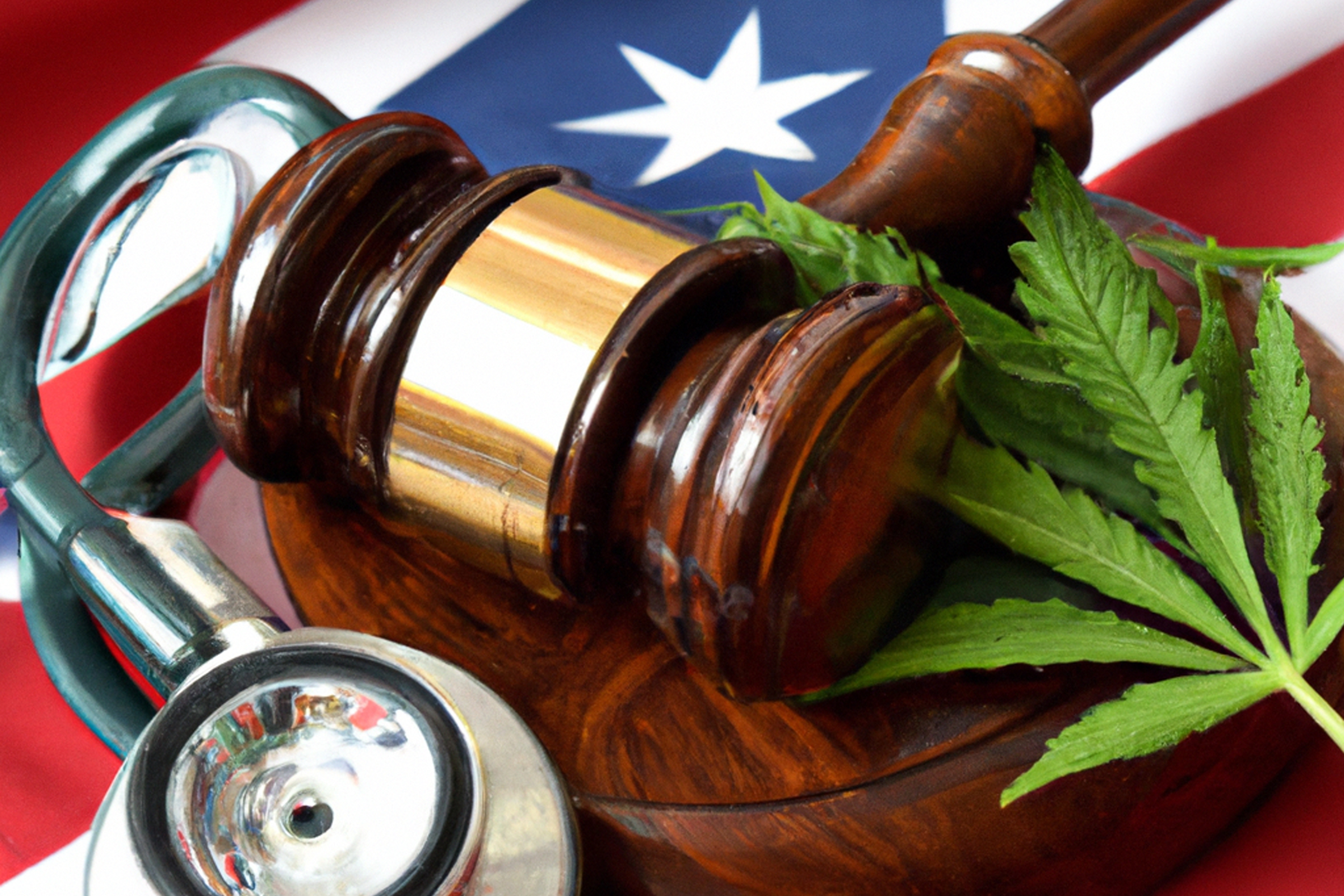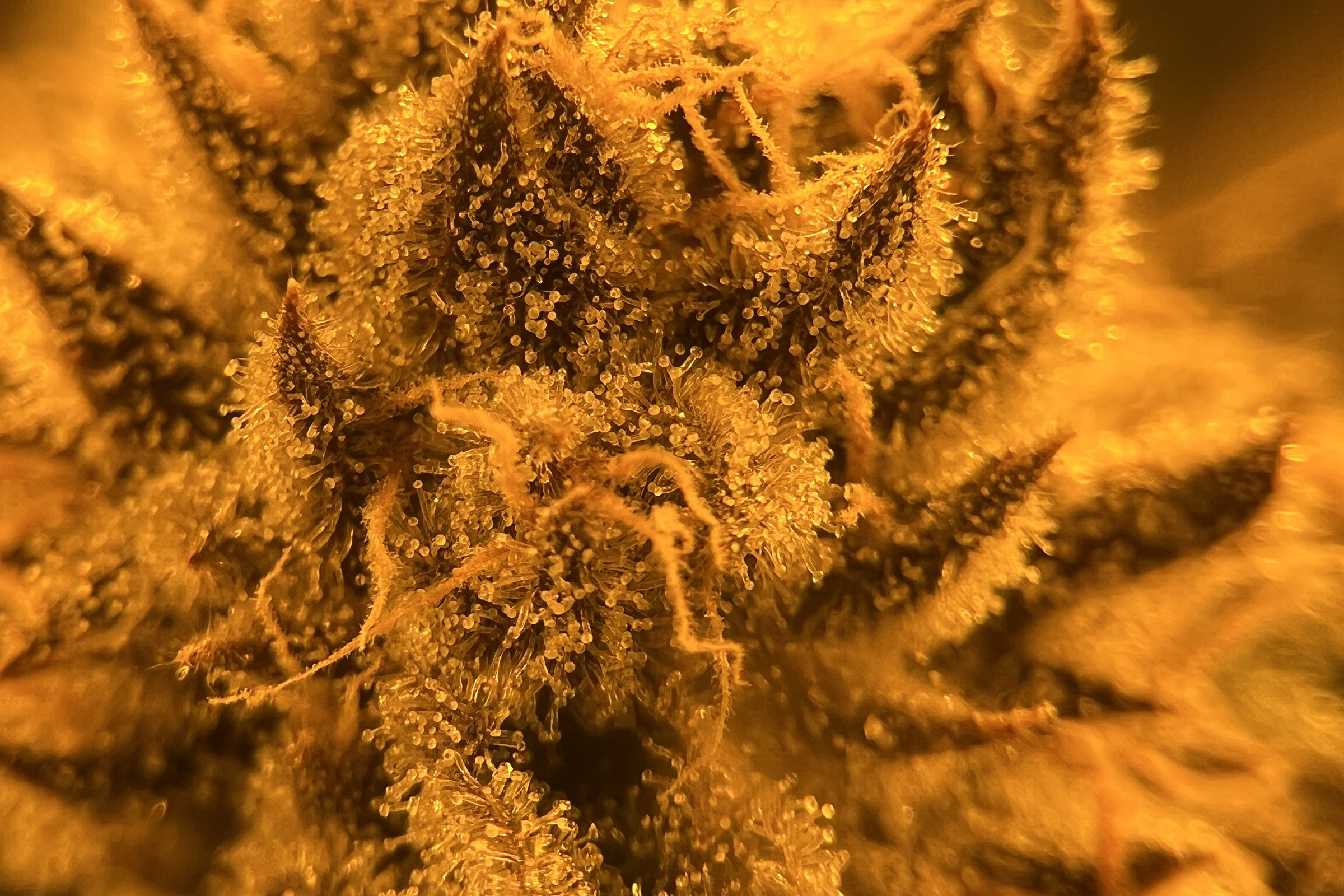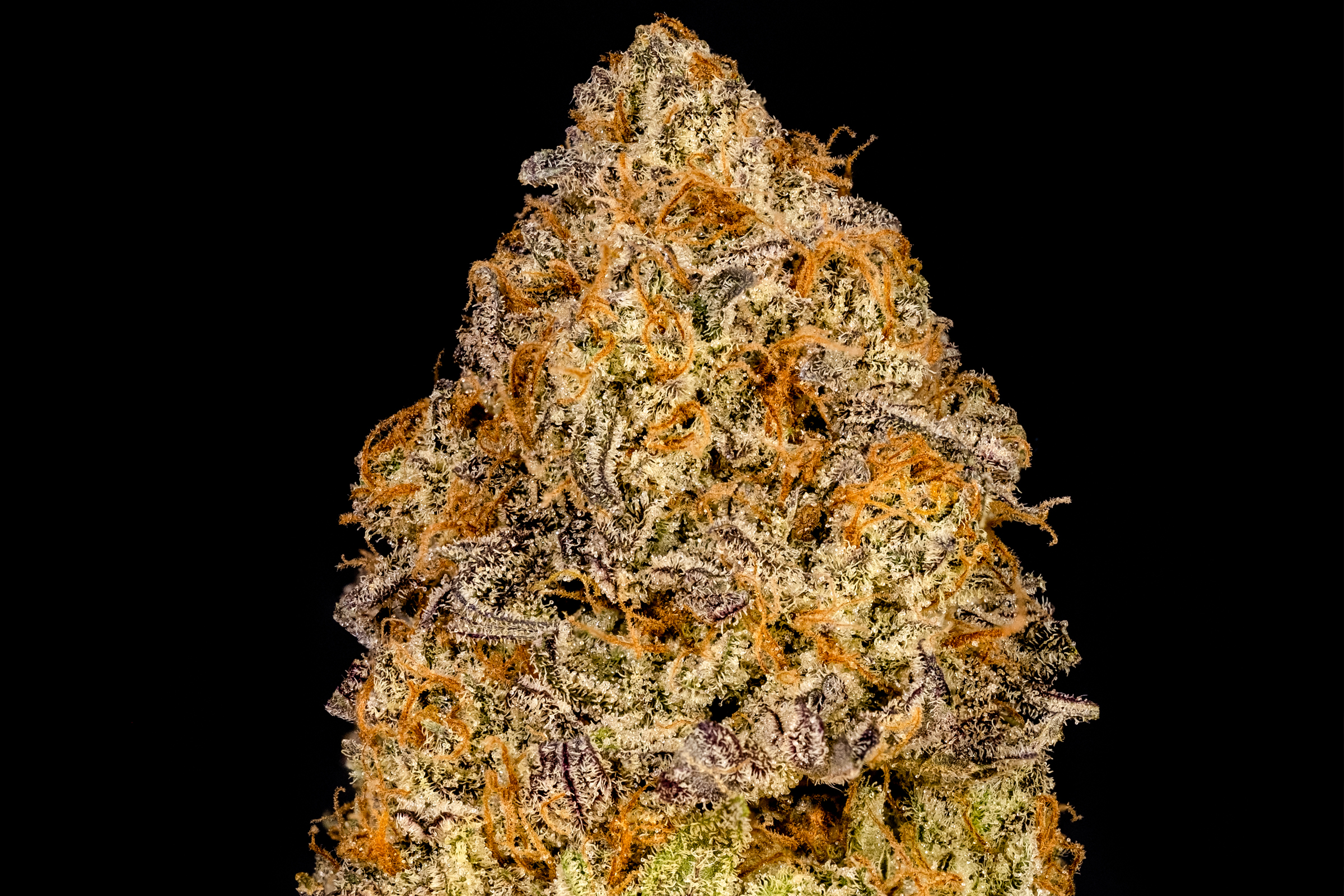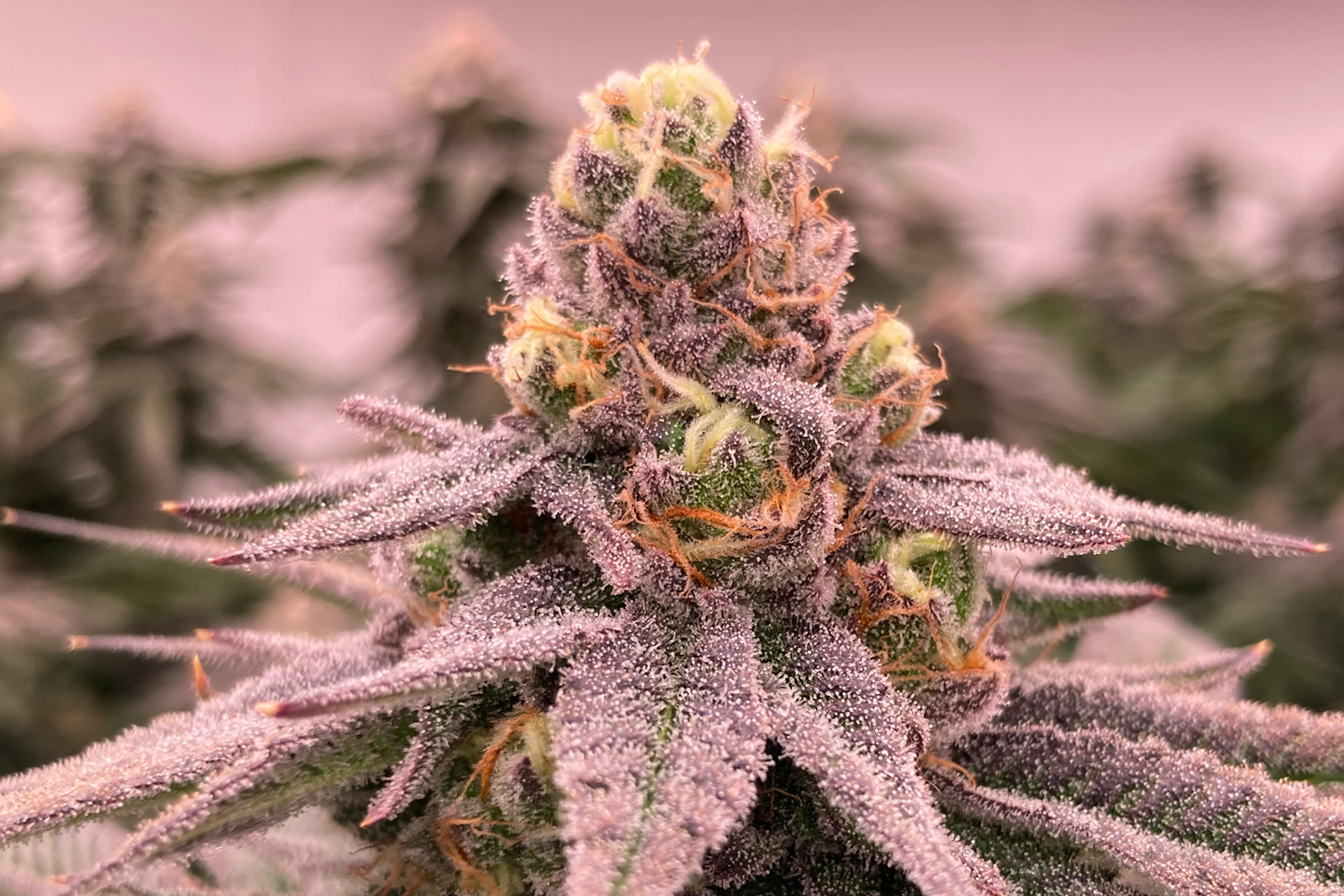While marijuana extraction techniques have seen a surge since 2015, patents on the expression of cannabis ex vivo and in vivo genes have just recently been published. The downstream category of MC patient-oriented goods and delivery methods, which cover a very broad variety of medical purposes and illness conditions, is where most patent activity is concentrated. It is highlighted that access and benefit-sharing treaties and regulations are becoming increasingly important, and the ramifications for the industry are briefly covered.
Background
The term “medical cannabis” (MC) or “medical marijuana” refers to items that are recommended by doctors for therapeutic purposes. More than 100 distinct compounds, or cannabinoids, are present in the cannabis plant. When consuming THC-containing foods or smoking marijuana, users experience a “high.” Over 3,000,000 patients in the USA are thought to be using medical cannabis products. The market for medical cannabis was valued at over 13.4 billion USD in 2018, and it is anticipated to grow to 66.3 billion USD by 2025.
49 firms with a combined market capitalization of 32 billion USD have already been included in the North American Medical Marijuana index.
The international framework for IPR
The Agreement on Trade-Related Aspects of Intellectual Property Rights was passed by the World Trade Organization (WTO), which was established in 1995 and is the leading organization regulating trade between nations (TRIPS). Benchmark criteria for numerous sorts of intellectual property rights are provided under the TRIPS agreement (IPR). IPR refers to intangible property rights that are legally protected by a corporation or person from unauthorized outside use or implementation.
Patents, trade secrets, copyrights, know-how, franchises, and trademarks are examples of intellectual property (IP). IPR are viewed as the transmission gear at the intersection of business, law, and innovation.
The following IPR categories are those that apply most to medical cannabis research:
Utility patents
Utility patents are intellectual property rights that are issued to patent owner(s) by a state within its territory and which for a specific period of time prevent others from commercializing a technology that the state recognizes as innovative and inventive (up to 20 years with occasional judicial exceptions). A patented technology or its products may be commercially used, offered for commercial use, sold, manufactured, distributed, or made available for sale.
Plant breeders’ rights
The marketing of novel cannabis plant varieties created through conventional breeding is protected by IP tools known as Plant Variety Protection Rights (PVPR) or Plant Breeder’s Rights (PBR). In most nations, this IP tool may be used to protect a new cannabis variety that has distinctive physical traits. The new variety must be sufficiently consistent and stable under cultivation as well as be easily distinguishable from any other widely used variety in order to qualify for a PBR.
Plant patents (USA)
There is an additional form of IPR protection for American-only plant types known as a plant patent. A unique and different variety of plant that displays traits dictated by its genotype is covered by a plant patent, which increases the owner’s control and protection. For induced or spontaneous mutants, hybrids, or changed plants, plant patents may be obtained.
Progress in this area of knowledge is encouraged, accelerated, and rewarded through the use of IPR in the MC industry. Every country and region has its own unique history and legacy that are intertwined with the constantly shifting social, economic, and cultural situations. This affects local regulations regarding the extent and use of IPR in MC.
Numerous articles about cannabis plants and IPR have been published, but they are concentrated and localized to either a particular geographical territory (Rowand and McMahon 2018), a particular type of IPR (Jacobs 2017), particular fields in the cannabis plant industry (Flores-Sanchez and Ramos-Valdivia 2017; Gerra et al. 2010; Ranieri et al. 2016), or a particular species of Cannabis (Hahn 2019). Consequently, a deeper examination of IPR information pertaining to cannabis plants is still necessary.
Innovation in MC involves a number of processes in the transition from plant to medication, as the authors have indicated. The fact that the applicable IPR tools and regulations are highly complex, diverse, and heterogeneous on a regional and national level is not at all surprising.
The entire MC supply chain is covered in this study, including upstream agritech (improved strains, genetic modification, plant material assessment, harvesting technology, and post-harvest processing), midstream chemistry/analytics (extractions, purification methods, and separation methods), and downstream medical/biology (diseases, medical de- vices, compositions, formulations, and dosage forms). These categories will be used in this review. Additionally, the researcher will be guided toward IPR-related risks and limits as well as other topics that have an impact on MC research in this study.
Materials and methods
Patent documents search
The PatSnap search engine (https://www.patsnap.com/) was utilized to locate patent papers. The search engine was told to return results from 116 national and regional databases (WIPO (WO)), including databases from:
The following steps were used to conduct the IP searches stated in this publication:
| Search | Searched publication section | Keywords used | Comments |
|---|---|---|---|
| Search A: General search |
Independent claims | (cannab* OR marijuana) combined with International Patent Classification code A61 | A61—medical or veterinary science; hygiene |
| Search B: MC upstream technologies |
Independent claims | (cannab* OR marijuana) AND (cultivat* OR soil OR light OR water OR irrigat* OR planting OR selecting OR harvest OR post harvest OR packing OR storing OR storage OR curing OR drying OR pick OR pest OR herb OR ripen) combined with the International Patent Classification code A01 (excluding the A01H category which is inter alia, directed to ex planta technology). | A patent or patent application was deemed a specific cannabis or marijuana upstream technology patent if the terms “cannabis or marijuana” appeared in the independent claim to the exclusion of other named plant species. 236 patent documents were returned by the search engine concerning the specific field of upstream MC technologies, representing 101 patent families. Manual inspection was carried out of at least one independent claim of each of the 101 patent families. 39 patents or patent applications were deemed, by the above criteria, to be specific MC upstream technology patents. |
| Search C: MC upstream technologies |
Independent claims | (cannabinoid OR cannabis OR marijuana) AND (sensor OR sensing) AND (plant OR biomass OR harvest OR field OR greenhouse or hothouse) | A patent or patent application was deemed a specific cannabis or marijuana upstream technology patent if the terms “cannabis or marijuana” appeared in the independent claim to the exclusion of other named plant species, and sensor or sensing, and plant or biomass or harvest or field or greenhouse or hothouse. Manual inspection was carried out of at least one independent claim of each of the 26 patent families. 6 patent families were identified in this way. Each was then compared to the results of the first search in order to eliminate double counting. |
| Search D: MC upstream technologies—disease control |
Title and abstract | (cannabis OR marijuana) combined with International Patent Classification codes: (A01N OR A01N25 OR A01P OR A01P7). | A01N—preservation of bodies of humans or animals or plants or parts thereof A01N25—biocides, pest repellants or attractants, or plant growth regulators, characterized by their forms, or by their non-active ingredients or by their methods of application. A01P—biocidal, pest repellant, pest attractant, or plant growth regulatory activity of chemical compounds or preparations A01P7—arthropodicides |
| Search E: MC upstream technologies—disease control |
Independent claims | (cannabis OR marijuana) combined with International Patent Classification codes: (A01N OR A01N25 OR A01P OR A01P7). | A01N—preservation of bodies of humans or animals or plants or parts thereof A01N25—biocides, pest repellants or attractants, or plant growth regulators, characterized by their forms, or by their non-active ingredients or by their methods of application A01P—biocidal, pest repellant, pest attractant, or plant growth regulatory activity of chemical compounds or preparations A01P7—arthropodicides |
| Search F: MC upstream technologies—in planta genetic modification technologies | Title and abstract | (cannabinoid AND (recombinant OR recomb* OR construct OR promoter OR vector OR genetically modified OR gm OR plasmid OR gene insertion OR insert OR gene editing OR crispr OR talens) OR (expression of cannabinoid) OR (biosynthesis of cannabinoid) combined with International Patent Classification codes: (C12N and/or A01H) for at least 4 iterations of IPC. | C12N–M or enzymes, compositions thereof; propagating, preserving, or maintaining microorganisms; mutation or genetic engineering; culture media A01H—new plants or processes for obtaining them; plant reproduction by tissue culture techniques |
| Search G: MC midstream technologies | Independent claims | (cannabis OR marijuana) AND (extract* OR purif* OR separat* OR preserv*) AND (supercri* OR ultra* OR solvent). | Column 4 Value 7 |
| Search H: MC downstream technologies | Independent claims | cannab* OR marijuana) AND (Alzheimer’s disease or appetite loss or cancer or Crohn’s disease OR celiac disease OR eating disorders OR anorexia OR bulimia nervosa OR epilepsy OR glaucoma OR anxiety OR schizophrenia OR posttraumatic stress disorder OR multiple sclerosis OR Parkinson’s disease OR tremor OR muscle spasms OR tooth decay OR dental caries OR nausea OR vomit* OR pain OR burns OR psoriasis OR cachexia OR inflammation) AND (composition OR compound OR formulation) AND (disease OR condition OR treatment OR therapy OR medic*) NOT synthetic) combined with International Patent Classification codes: A61 | A61—medical or veterinary science; hygiene |
PBR search
The Community Plant Variety Office (CPVO) database was consulted in order to locate registrations of plant breeders’ rights (https://cpvo.europa.eu/en). Cannabis sativa was looked for using the species Latin name under “variety finder.” With all types of applications being searched, only PBRs were chosen (including rejected, examined, and expired applications).
Generation of graphs, tables, and figures
Patent filing rates, geographical regions, and assignee analysis were visualized using PatSnap’s Insights analytical tool. Patent data is processed by the Insights tool to create graphs and figures. The 116 databases that are now accessible can be checked out using the insights database selection tool. Key phrase selection and International Patent Classification (IPC) selection were used to filter the raw patent data. The results of search H were used as the foundation for the search for the most cited patent applications in the area of MC downstream technologies (Table 7). The table was manually created using information gathered by the Insights analytical tool.
Results
The PatSnap search engine was employed by the authors to browse through the patent documents included in this book (see the “Materials and techniques” section for more information). A search using general keywords turned up almost 2000 patent families covering different MC technologies (see the “Materials and techniques” section; search A).
Figure 1a demonstrates the nearly 6-fold increase in the number of patent family filings, from about 60 applications in 2013 to 380 filings as of June 2020. The majority of the filings were made in the USA (26.25%), Europe (12.26%), Canada (10.25%), and Australia (7.20%), with the remainder made in the intermediate international PCT (Patent Cooperation Treaty; WIPO) stage or in other jurisdictions (Fig. 1b).
Upstream MC technologies
Upstream technologies, which are based on agriculture innovation, are a key distinction from conventional Pharma IP sectors. The selection of strains and the creation and use of effective growth techniques are required prior to the production of any cannabis products or even the investigation of cannabis as a potential medical option. Companies who can reliably produce high-quality crops of suitable plants with predictable yields and cannabinoid content will have an edge, and they can use registered IPRs, such as plant breeders rights, plant patents, and utility patents, to protect their valuable applied research.
Cannabis plants with distinctive features are being produced more frequently through conventional breeding. Such plants’ intellectual property rights are generally registered as PBR.
A search for PBR registrations pertinent to Cannabis sativa was done in order to characterize the cannabis-related PBR filings (see “Materials and methodology” section). 434 Cannabis sativa varieties applications were found in the Community Plant Variety Office (CPVO) database, which also includes global statistics. The majority of PBRs (48%) are filed in the European Union, followed by Australia (8%), Russia (7%), and Canada (5.7%). There are just 4 approved listings in the USA as of 2019. This is likely due to the fact that new and distinctive Cannabis sativa varieties with THC contents under 0.3% are only eligible for plant variety protection certificates under the International Union for the Protec- tion of New Varieties of Plants (UPOV) as of 2019.
In terms of plant patents, 30 applications and patents for cannabis plants have been submitted in the USA. In 2016, Kubby Patent and Licenses LLC received the first cannabis plant patent, USPP27475 (Cannabis plant named “Ecuadorian Sativa”; USPP27475P2 – Cannabis plant named “Ecuadorian Sativa” – Google Patents n.d.). For its “Lemon Crush OG” cultivar, the Biotech Institute LLC recently received US Plant Patent USPP31535 (USPP31535P3 – Cannabis plant dubbed “LEMON CRUSH OG” – Google Patents n.d.).
It is clear from the information provided by the aforementioned searches that scientists are taking advantage of the relatively low technological threshold required to be eligible for PBR or Plant Patent protection. In practice, they achieve this by conserving the therapeutic or pharmacological value of their plant variety while also protecting varieties for uniqueness in morphological traits, as needed by the authorities.
236 patent papers representing 101 patent families were discovered for MC utility patents concentrating on upstream technology (see the “Materials and Methods” section; search B). Following a manual review, 39 patents or patent applications were determined to be specific MC upstream technology patents according to the standards outlined in the “Materials and techniques” section.
A second search was conducted (see “Materials and methods” section; search C) to cover other areas in this particular field, primarily sensing monitoring in greenhouses. The search engine returned 52 patent papers, which correspond to 26 patent families.
Four patent families were found after a manual screening. 43 distinct upstream-specific MC upstream technology patents were found to be present overall.
The IPR activity in the following categories is revealed by the MC upstream technology patent data: seed and crop protection, cultivation methods and equipment, precision crop harvesting in situ, post-harvest methods, genetic engineering technologies, disease and pest management.
Table 1 provides examples of patent applications for the first four topics.
Although the majority of the patents in the cultivation and equipment sector are for controlled growth and seed technologies that are relevant to many plant species, including cannabis, Table 1 shows four inventions exclusively aimed at cannabis production. Two patents for in-situ cannabis plant harvesting techniques have been found.
For further information, check the “Materials and Methods” section of this page and search D, which was conducted expressly for managing diseases and pests to which the cannabis plant produced as a crop is particularly susceptible.
You can see the 12 Tables and references in: https://jcannabisresearch.biomedcentral.com/articles/10.1186/s42238-020-00057-7

